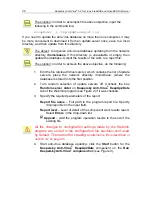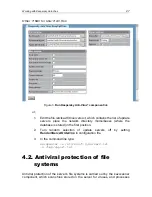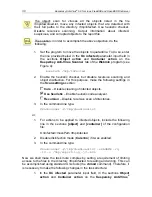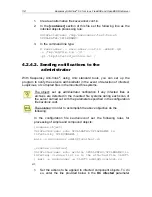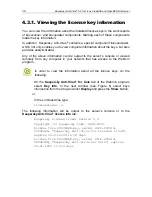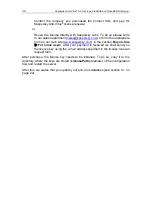
28
Kaspersky Anti-Virus
®
5.0 for Linux, FreeBSD and OpenBSD File Server
infected and suspicious files according to the settings. Object processing can be
of an exceptionally informational nature (outputting the information to the log and
to the server’s console, plus administrator notification) or can result in object
changing (disinfection, quarantine, or deletion).
All the settings of the
kavscanner
component are grouped in the options
[scanner.*]
of the
kav4unix.conf
configuration file (see section A.2 on
page 58).
Scanning of your server’s file system can be launched either from the command
line or on schedule using the standard
cron
utility. You can set up scanning of all
the server file systems or an individual directory or file.
Below is a detailed description of the most typical tasks of server file system
protection.
The process of checking the whole server for viruses is resource-
intensive. It should be kept in mind that when it runs, the server’s
overall performance drops, therefore running any other processes at the
same time is not recommended. To avoid these problems we advise
that you scan individual directories instead.
4.2.1. Launching directory scan from the
command line
One of the tasks accomplished using Kaspersky Anti-Virus
®
is scanning of the
server’s individual directories for viruses.
The object: launch recursive scanning of the
/tmp
directory with
automatic cleaning of all infected objects that are detected. The
heuristic code analyzer shall not be used. All objects that fail to be
disinfected are to be deleted.
Create the files
infected.lst
,
suspicion.lst
,
corrupted.lst,
and
warning.lst
in the same directory and use them to save the names of all infected,
corrupted, or suspicious objects, respectively.
Only output the results of the component’s work (date of run, detailed
information about all the files except for uninfected ones) to the log file
kavscanner-current_date-pid.log
, which shall also be saved in that
directory.
The solution: in order to accomplish the above objective input the
following in the command line:
#kavscanner -rlq -pi /tmp/infected.lst
-ps /tmp/suspicion.lst –pc /tmp/corrupted.lst
-pw /tmp/warning.lst -o /tmp/kavscanner-`date













